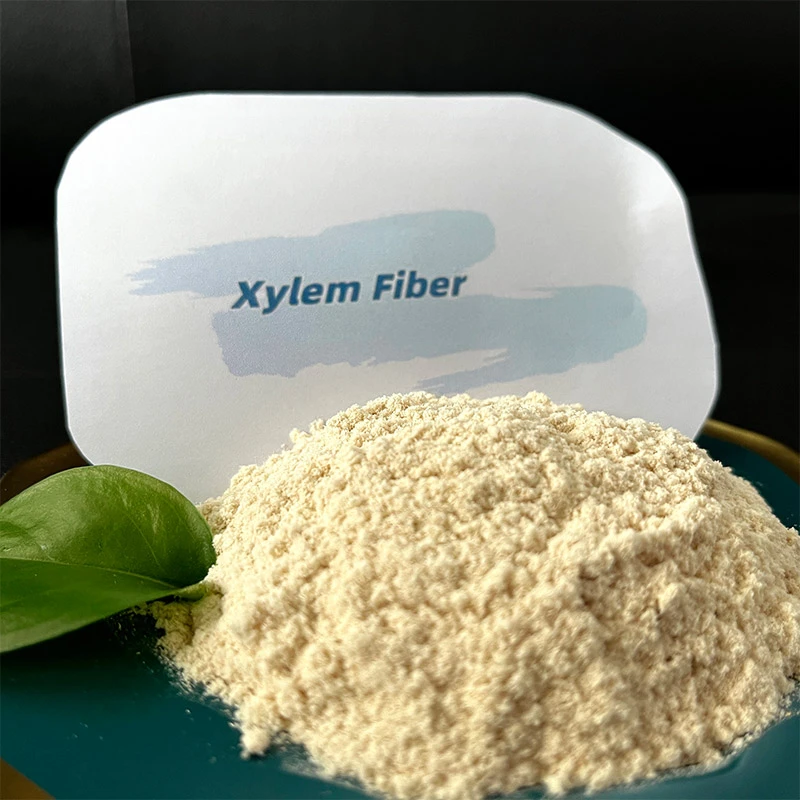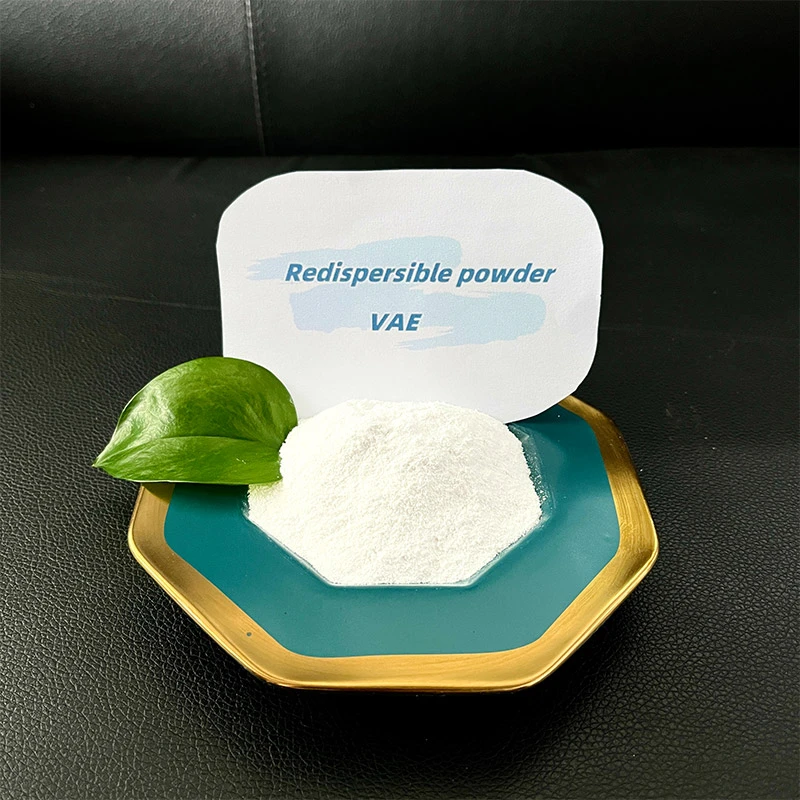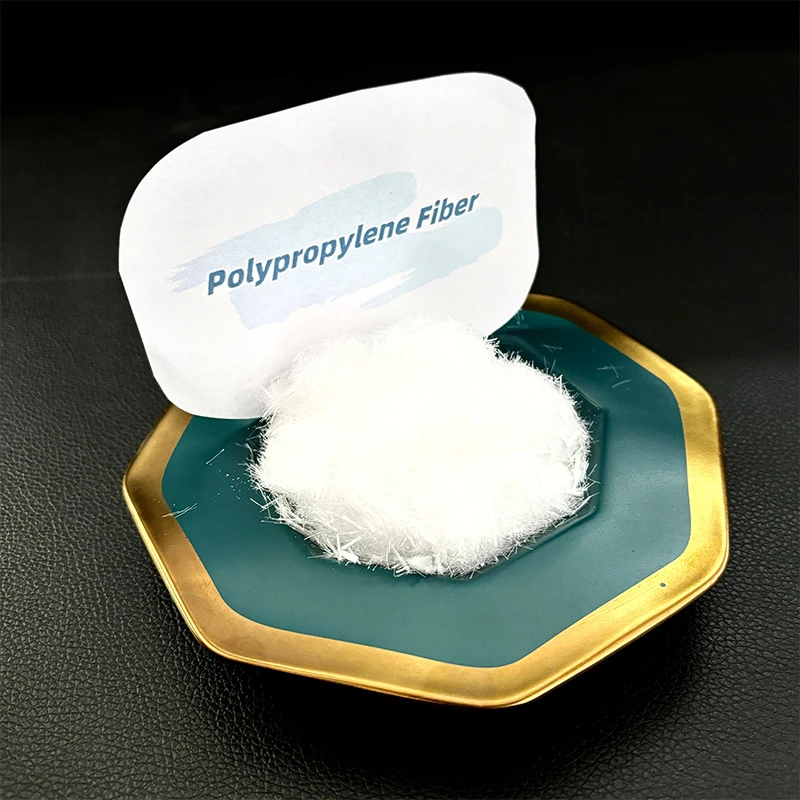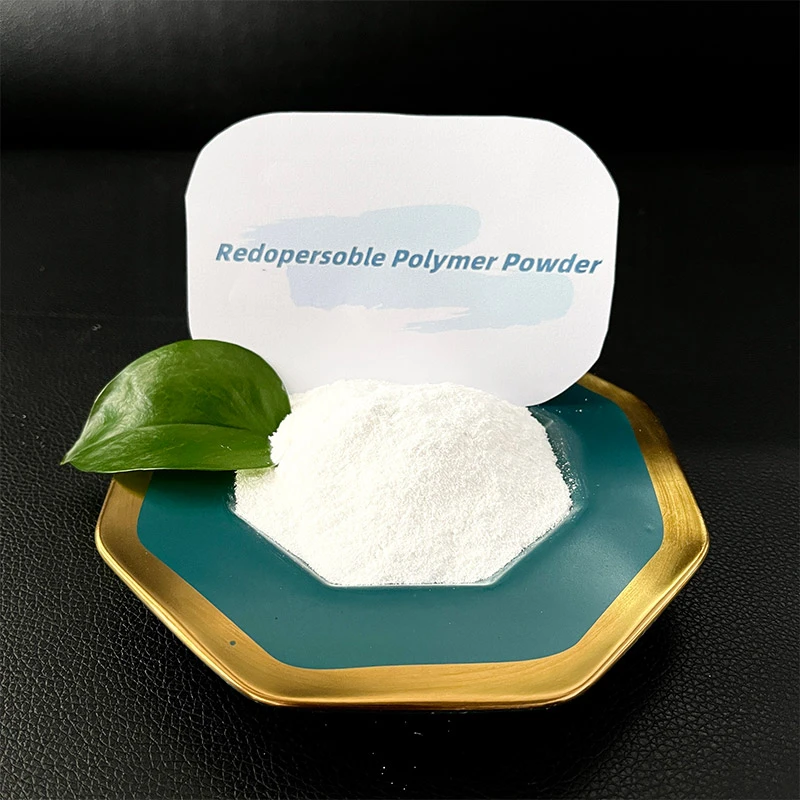
-

Add: HeBei ShengShi HongBang Cellulose Technology CO.,LTD.
-

Email
13180486930@163.com -

CONTACT US
+86 13180486930

High Quality Starch Ether for Dry Mortar and Tile Adhesive Solutions
Starch ether has rapidly become a vital additive in dry mortar technologies, especially for tile adhesive, skim coat, and self-leveling compounds. Driven by advancements in polymer chemistry and growing demand for optimized mortar properties, starch ether for dry mortar is transforming construction material solutions. Explore Starch Ether Product Details
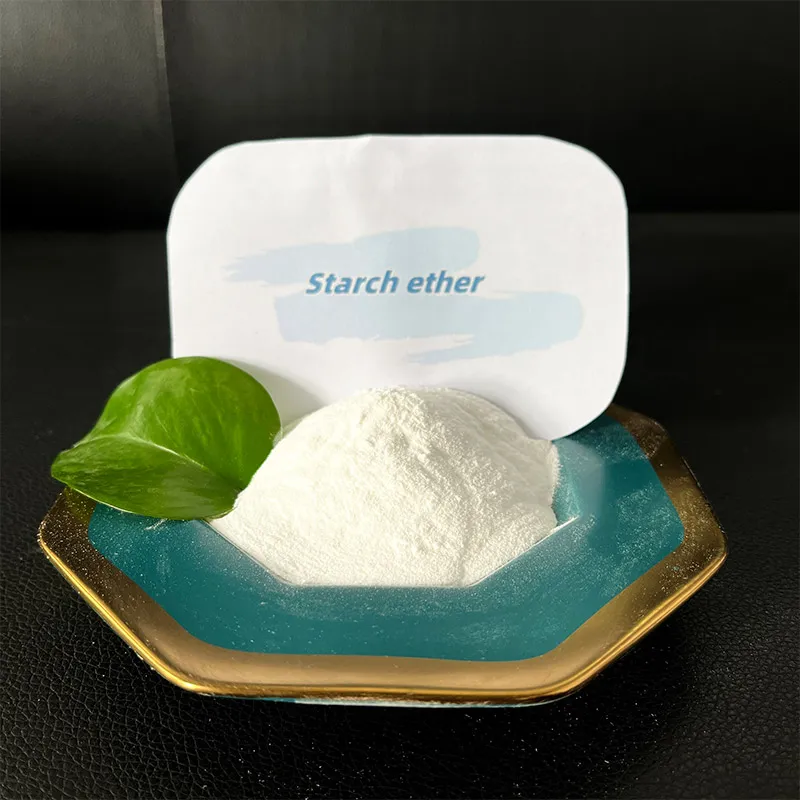
Industry Trends & Market Overview for Starch Ether
- Global starch ether market size reached USD 436.7 million in 2023, projected at a CAGR of 5.8% through 2029 (Source: IMARC Group).
- Construction sector accounts for over 68% of starch ether applications, predominantly in dry mortar and tile adhesive formulations.
- Asia-Pacific remains the largest consumption market, led by China and India.
- Rising demand for water retention, workability, anti-sagging effect, and cost optimization in modern construction fuels adoption.
Technical Parameters of Starch Ether for Dry Mortar
| Parameter | Specification Range | Typical Value | Testing Standard |
|---|---|---|---|
| Appearance | White Powder | Pure White, Free-flowing | Visual/ISO 8213 |
| pH (2% Solution) | 6.0 – 8.0 | 7.2 | ISO 976 |
| Moisture Content (%) | <10.0 | 6.5 | ISO 585 |
| Viscosity (mPa.s, 2% sol) | 300 – 1800 | 1200 | Brookfield RV |
| Bulk Density (g/L) | 350 – 500 | 410 | ISO 787-11 |
| Particle Size (Mesh) | 99% ≤ 120μm | ≤ 120μm | ISO 565 |
| Solubility | Instantaneous | Very Good | In-house |
| Certification | ISO 9001:2015 | Certified | – |
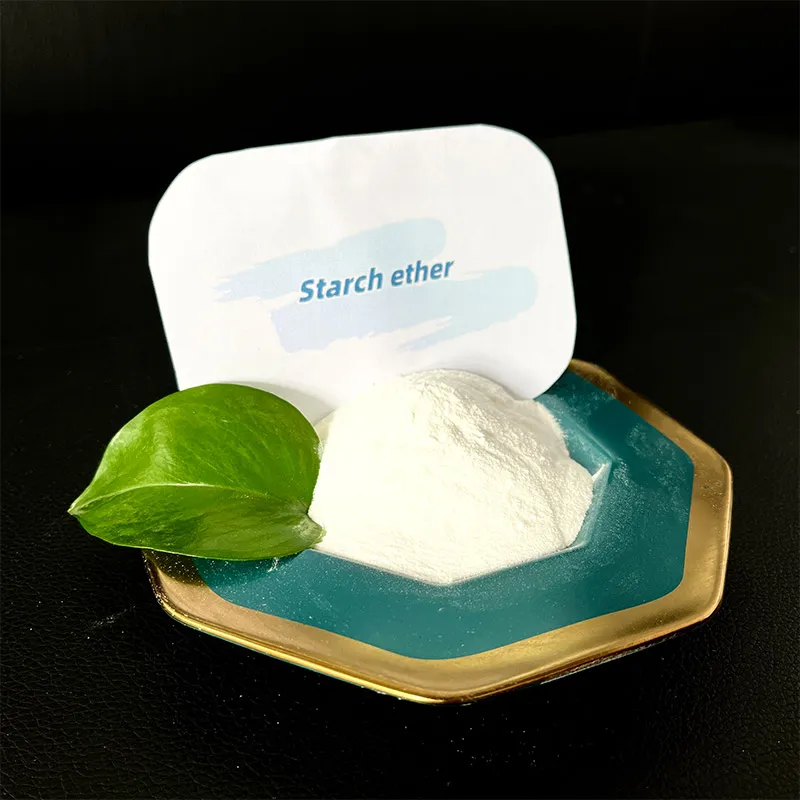
Manufacturing Process of Starch Ether

↓
High-purity food/industrial starch sourced
↓
Reacts with etherifying agents (e.g., monochloroacetic acid) under controlled pH & temperature
↓
Impurity removal, product stabilization (ISO 9001 compliance)
↓
Spray-dried & sieved to required mesh (≤120μm)
↓
Packaged, quality checks (Brookfield Viscosity, Moisture test, ISO 8213)
Starch Ether Product Grades – Specification Comparison
| Grade | Recommended Application | Main Feature | Bulk Density (g/L) | Viscosity (mPa.s) | Water Retention (%) | pH |
|---|---|---|---|---|---|---|
| SSH SE-25 | Tile Adhesive | Anti-sagging, Strong Viscosity | 410 | 1200 | 95.5 | 7.2 |
| SSH SE-30 | Self Levelling & Skim Coat | Good Flow & Smooth Finish | 400 | 1400 | 97 | 7.1 |
| General Brand D | Plaster Mortar | High Workability | 415 | 1100 | 94 | 7.0 |
| Leading Brand E | Tile Grout | Easy Mixing | 390 | 1000 | 94.7 | 6.9 |
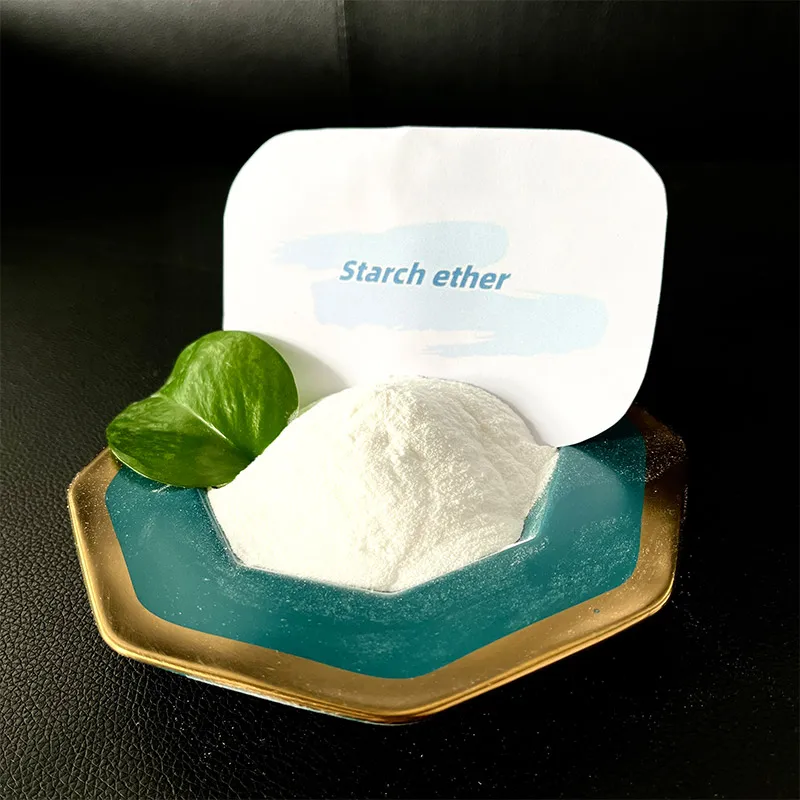
Key Technical Advantages of Starch Ether
- Improved Workability: Enhances open time, slip resistance, and trowelability in dry mortars.
- Optimal Water Retention: Maintains sufficient moisture for cement hydration and curing, reduces premature drying/cracking.
- Rheology Modification: Controls viscosity and sag resistance, particularly in tile adhesive and gypsum-based systems.
- Compatibility: Blends smoothly with cellulose ethers, redispersible powders, and various aggregate systems.
- Cost-effective: Low dosage (0.03–0.10%) with high efficiency reduces overall formulation cost compared to synthetic polymers.
- Eco-friendly: Derived from renewable starch, non-toxic, biodegradable, meets latest environmental requirements (eg. EU Reach & FDA clauses for indirect food contact).
- Challenge: Modern large-format tiles require high slip resistance and open time in adhesives.
- Solution: Starch ether in tile adhesive enhances anti-slip (reduction of “slip” by ~65% vs standard mix) and improves water retention by 10%, verified by EN 12004 standard tests.
- Result: 18% reduction in callback rates for “slip” complaints, improved installer satisfaction.
Learn more technical details
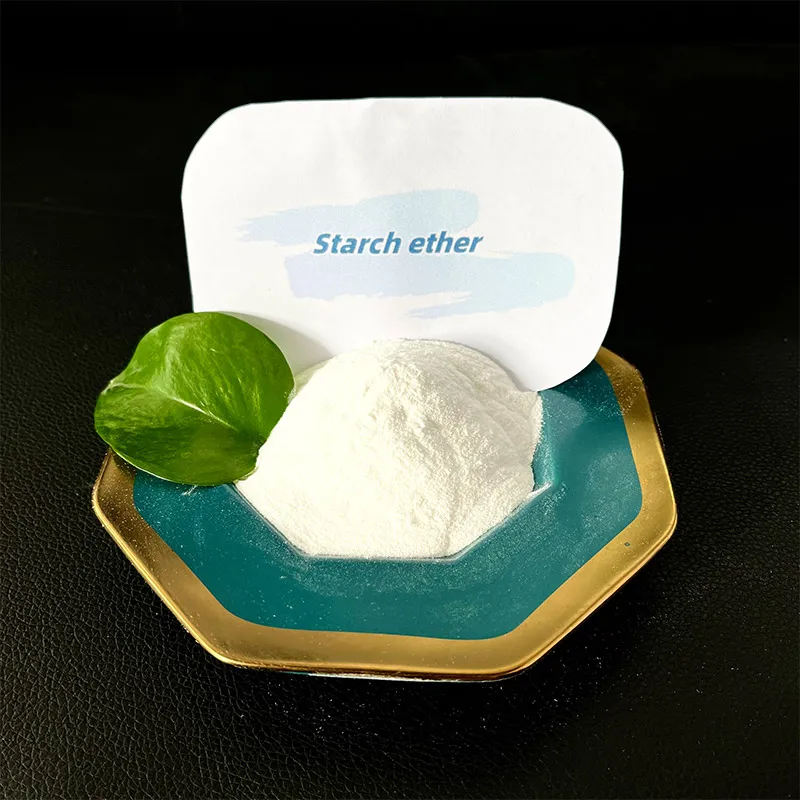
Price Trends & Manufacturer Comparison
| Manufacturer | Country | Known Brand/Product | Spec. Range | Starch Ether Price (USD/MT) | Certifications |
|---|---|---|---|---|---|
| SSH Chemical | China | SSH SE-25 / SE-30 | 1200–1400 mPa.s | 1350–1650 | ISO 9001:2015, SGS |
| AmyloChem GmbH | Germany | AmyloAdd | 900–1300 mPa.s | 1700–2100 | ISO 9001 |
| ChemStarch | Turkey | STARCHEA | 1000–1600 mPa.s | 1400–1800 | ISO 9001 |
| SinoSR | China | SR-Ether | 1100–1500 mPa.s | 1400–1690 | ISO, SGS |
| India Polymers | India | IndiStar | 950–1450 mPa.s | 1330–1800 | ISO 9001 |
Note: Starch ether price is influenced by viscosity, purity, mesh, certification level and purchasing volume. For customized quotes, contact SSH Chemical.

Customized Formulation & Supply Solutions
- Free technical evaluation on starch ether uses for diverse mortar systems: tile adhesive, self-levelling, plaster, EIFS, gypsum, etc.
- Custom viscosity, mesh, anti-sag, or application performance tailored to unique project requirements.
- Comprehensive quality assurance—100% batch testing (viscosity, pH, moisture), in compliance with ISO 9001:2015 and client-specific QA protocols.
- Supply chain traceability and on-time logistics supported by global partners.
- Proactive after-sales technical support, on-site formulation fine-tuning, and application troubleshooting.
Typical Application Scenarios: Starch Ether Technical Use Cases
1. Cement-based Tile Adhesive
- Function: Rheology control, anti-slip, open time extension
- Formulation: 0.025–0.08% starch ether, 0.2% cellulose ether
- Certification: EU EN 12004, ISO 13007-1
- Advantage: Enhanced workability, fault-free installation of large-format tiles
2. Self-leveling Underlayment
- Function: Smoothing flow, anti-segregation
- Recommended Grade: SSH SE-30, 0.04–0.1% dosage
- Standard: ASTM C1708 (US), ISO 13007
- Result: Smoother finish, reduced trowel marks, improved surface strength
3. Premixed Plaster/Skim Coat
- Function: Workability, spray-ability
- Key Feature: Enhanced cohesion and spread
- Compliance: ISO 11127
- Result: Higher productivity, better adhesion to substrates
4. Gypsum Board Joint Filler
- Function: Sag resistance, smoothness
- Dosage: 0.03–0.07%
- Standard: ASTM C475/ASTM C1396
- Advantage: Excellent anti-shrinkage, no hairline cracks
5. Exterior Insulation Mortar (EIFS/ETICS)
- Function: Water retention, anti-cracking
- Key Value: Weather resistance, extended system life
- Standard: EN 998-1
- Benefit: Improved durability and cost performance
Quality Commitment & Support Services
- All starch ether products are tested to ISO 9001:2015 and SGS verification standards.
- Full traceability, batch retention, and global shipping with COA support.
- Lead time: Regular 7–14 days ex-works after order confirmation.
- Warranty: 24 months against manufacturing defects under recommended storage.
- Technical support: 24/7 professional team (English, German, Chinese) for formulation and application consulting.
Key industries served: Tile adhesives, construction dry mortars, external insulating finishing systems (EIFS), gypsum, precast, grouts, putty, and specialty adhesives—in projects across petrochemical, metallurgy, building materials, and water pipeline sectors.
FAQs: Professional FAQ on Starch Ether
References & Further Reading
- “Starch Ether in Construction Applications: Market Growth and Technology,” Modern Building Materials Journal, 2023. (ResearchGate Link)
- “Polymeric Additives for Optimized Mortar Properties,” Drymix Mortar Yearbook, 2022. (Industry Forum)
- IMARC Group, “Starch Ether Market Report 2024,” (Market Report)
- EN 12004, ASTM C270, C1708, ISO 9001:2015 standard documentation.
-
Ethyl Cellulose Powder as a Pharmaceutical BinderNewsJul.10,2025
-
Blending Fibre Natural and Synthetic for PerformanceNewsJul.10,2025
-
Starch Ether For Construction: The Advanced Mortar Additive RevolutionNewsJul.10,2025
-
MHEC Cellulose in Cement-Based Renders and PlastersNewsJul.10,2025
-
Micronized Rubber Powder Dispersion TechniquesNewsJul.10,2025
-
Impact of Cream of Tartar Plaster Retarder on Final StrengthNewsJul.10,2025
-
Rubber Powder Durability in ConstructionNewsJun.26,2025







